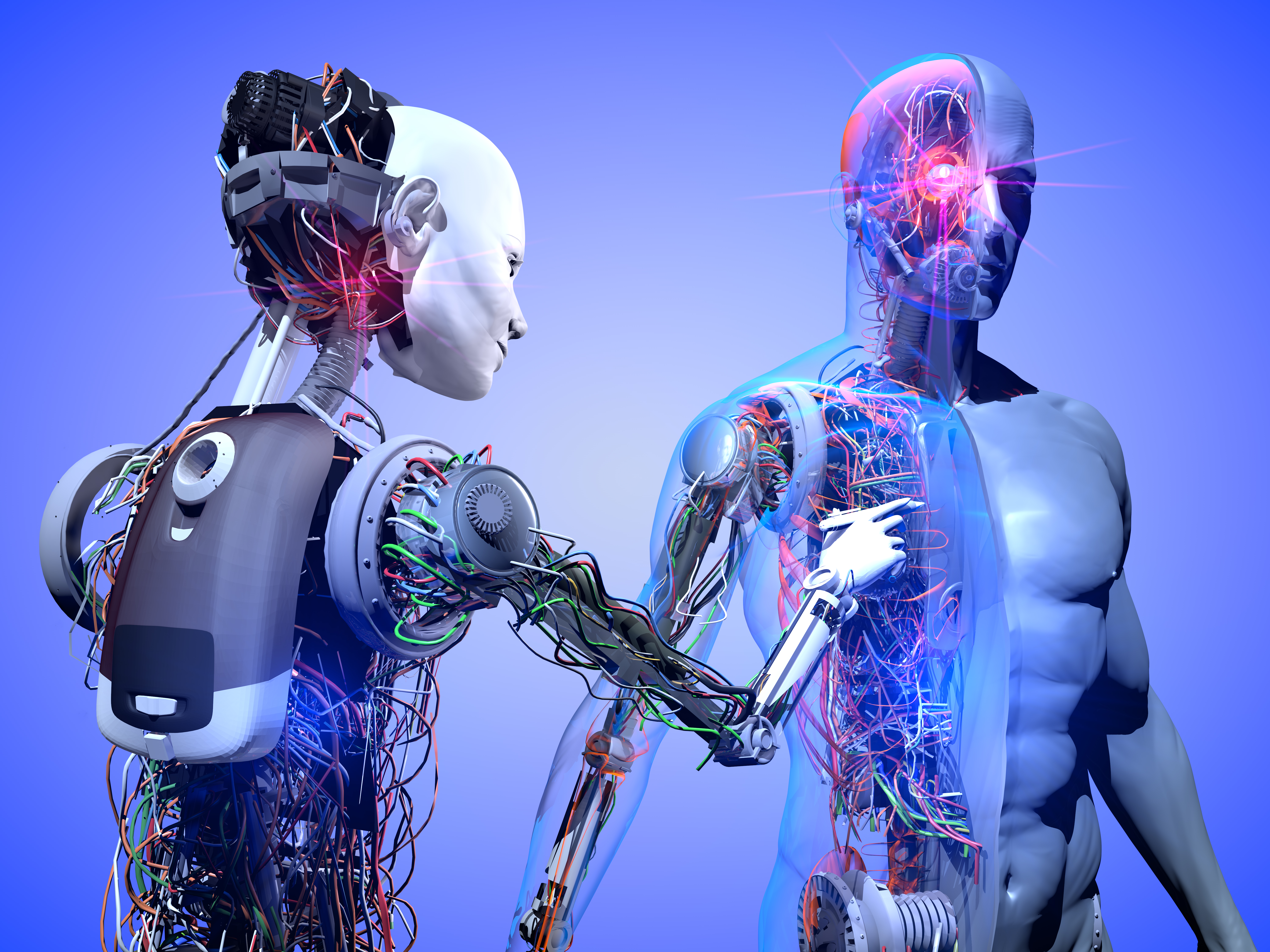
Can a machine detect an infection before any symptoms even begin presenting?
According to Royal Philips, a global health IT company, the answer is, “Absolutely.”
Together with its partner, the Defense Threat Reduction Agency (DTRA) and Defense Innovation Unit (DIU) of the US Department of Defense (DoD), the company recently announced the results from an 18-month project, called Rapid Analysis of Threat Exposure (RATE).
In a statement, the partners noted that the project “is the first large-scale empirical exploration of prediction of pre-symptomatic infection in humans and is part of efforts to improve readiness, as well as being broadly applicable in healthcare settings.”
The prototype revealed that using AI and machine learning to examine certain combinations of vital signs and other biomarkers could predict the likelihood of infection up to 48 hours in advance of clinical suspicion or even observable symptoms.
The prototype also found that the combinations of significant vital signs and biomarkers varied based on time before clinical suspicion of a hospital acquired infection. The partners are currently planning further research to leverage this information and integrate it into a wearable device, enabling providers to monitor soldiers’ health non-invasively and delivering earlier alerts to prevent infection. They also anticipate the technology helping monitor hospital patients for infections prior to showing clinical symptoms.
As is widely understood, providers have long had to rely on the identification of overt signs to diagnose infections, but that generally means they only implement clinical responses after individuals have potentially exposed others. With the machine learning algorithm, providers could reduce the time it takes to diagnose and treat infected individuals, leading to lower costs and improved outcomes.
“By coupling large-scale data with our experience in AI and remote patient monitoring with DTRA’s drive for innovation, we were able to develop a highly predictive early-warning algorithm based on non-invasively collected biomarkers,” said Dr. Joseph Frassica, chief medical officer and head of research for Philips North America.
The RATE system leverages large-scale data and analyses across 165 biomarkers from a Philips dataset of over 41,000 hospital acquired infection cases. Using this data, the machine learning algorithm was able to predict infection up to 48 hours before observable symptoms with an area under the curve of 0.853.
“The unique capability that Philips has produced enables the chemical and biological defense medical paradigm to shift from a reactionary focused one to a predictive one. This provides our commanders with insight into their troops’ future readiness levels and can influence mission planning and overall military effectiveness,” said Edward Argenta, Science and Technology Manager for the Joint Science & Technology Office at DTRA.
The team from Philips and DoD expect that the model will be able to improve care for patients across the care continuum, and in a wide range of clinical settings.


